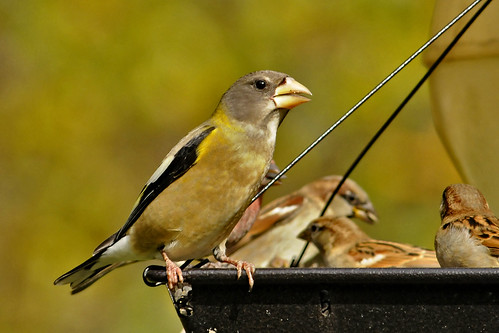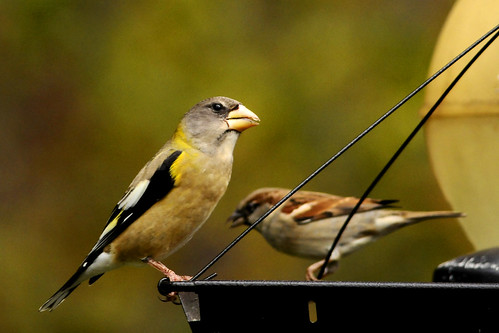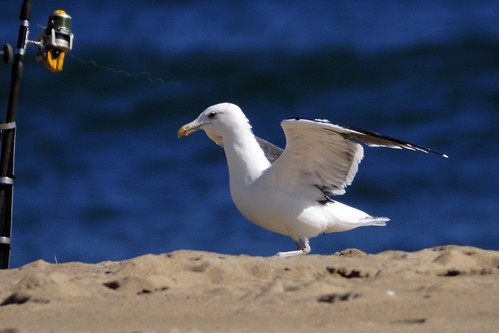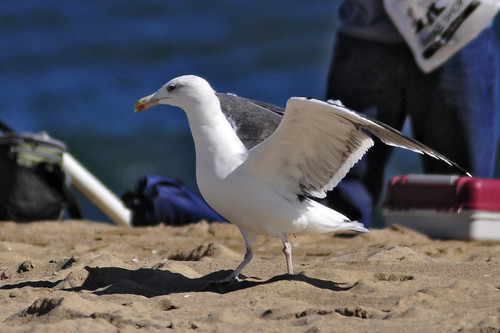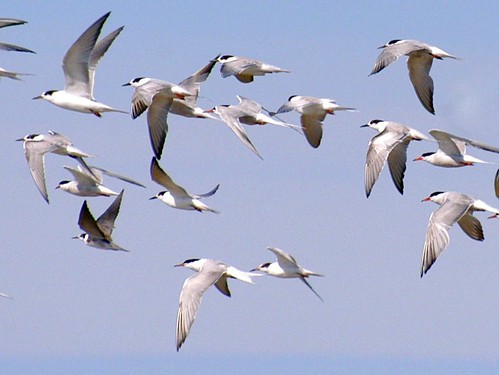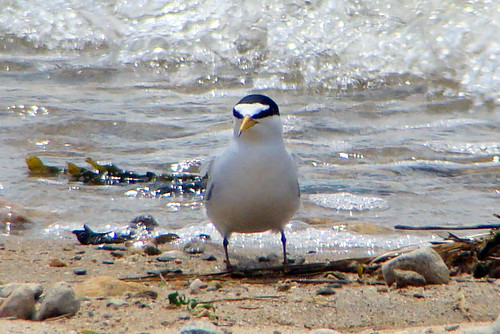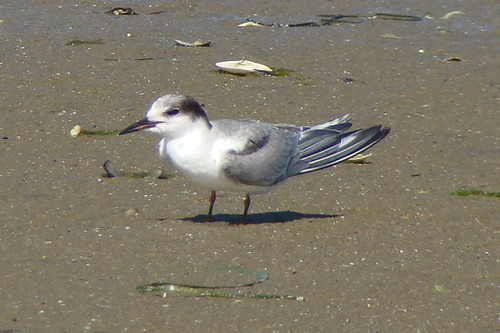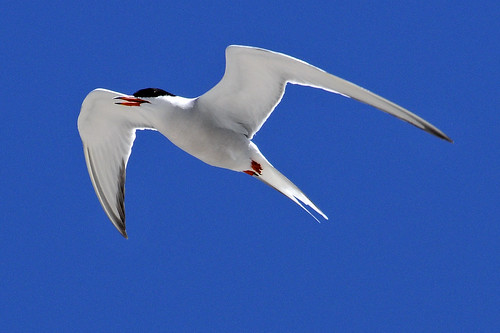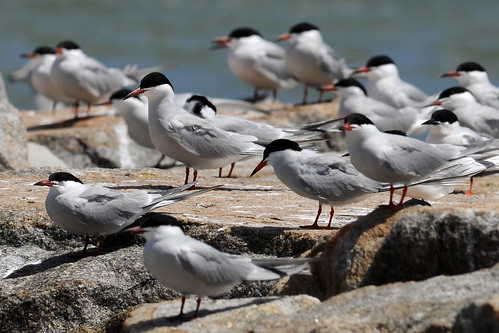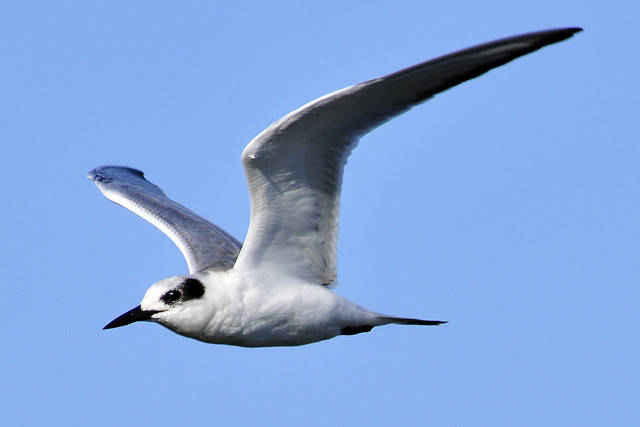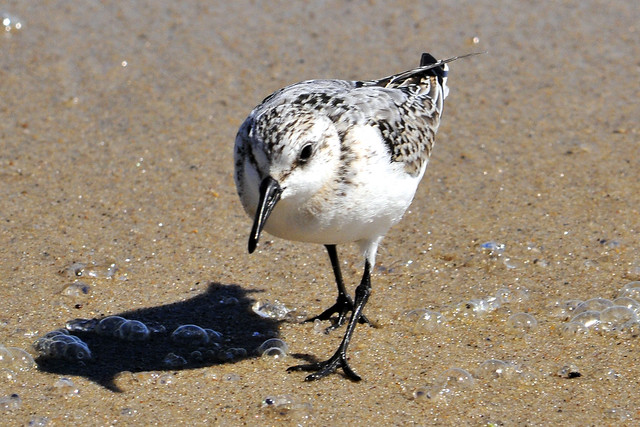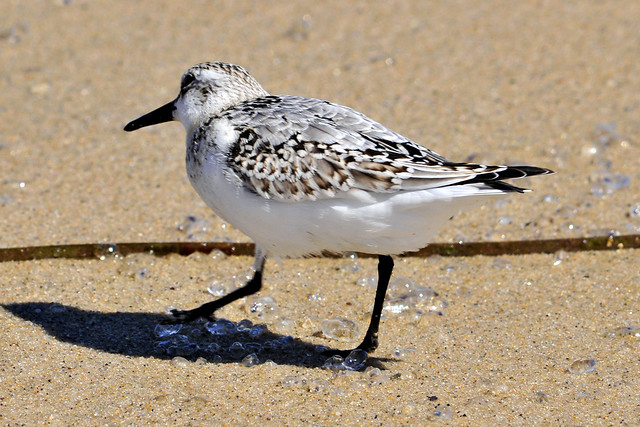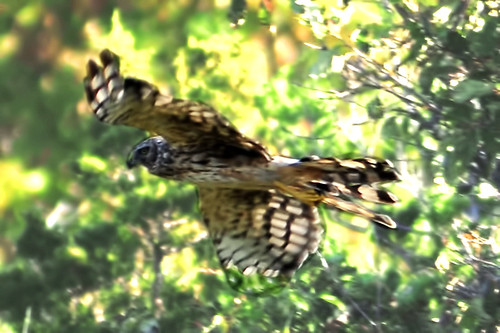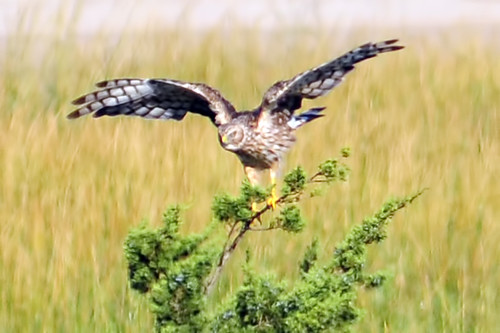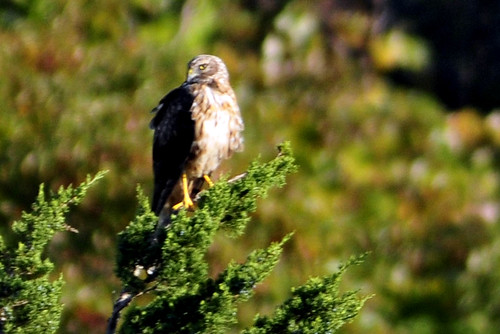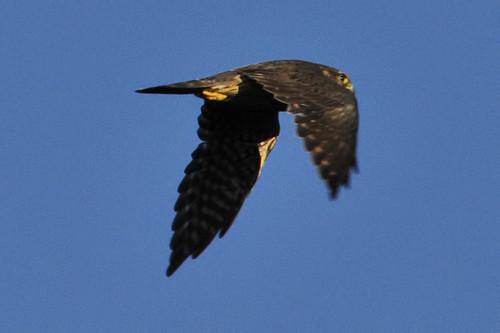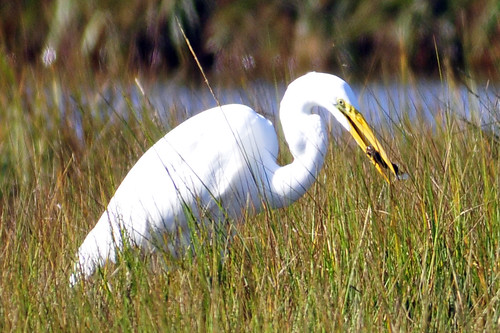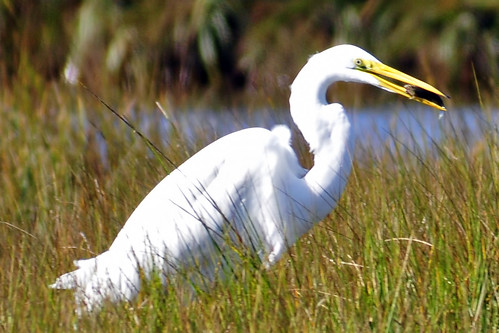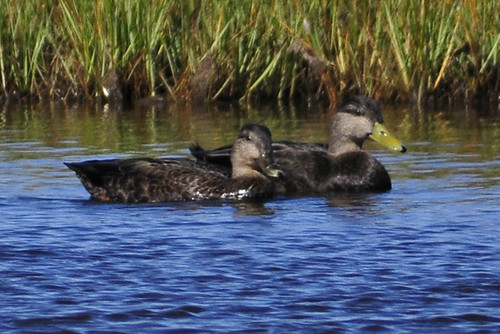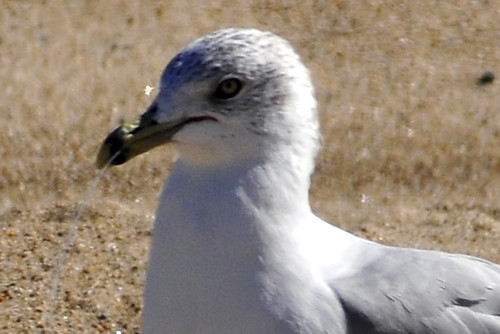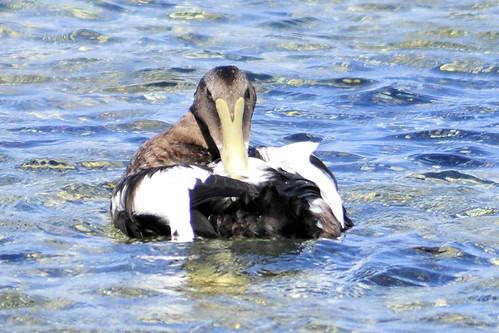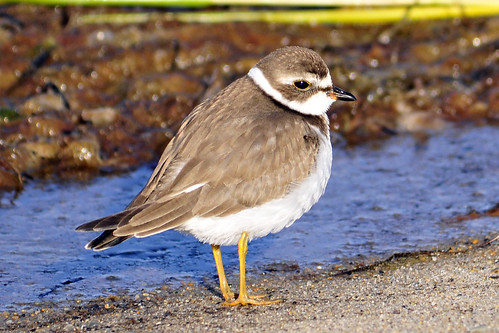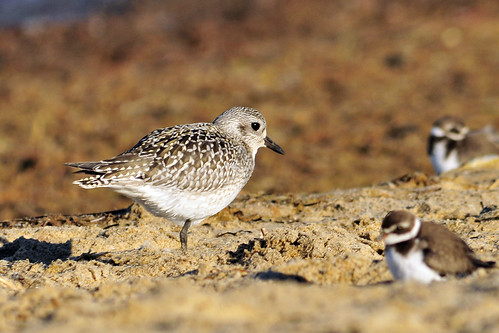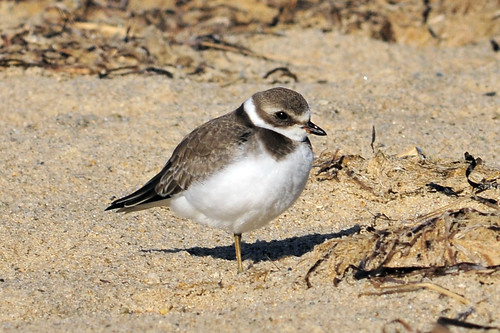
These Barnacle Goose pictures were captured by my son, Pete, in Concord, MA on October 24, 2010. Barnacle Geese are not native to the United States, so this is a very rare sighting indeed. These birds are from Greenland and Norway, so this guy must have been blown clear across the Atlantic Ocean to end up here!

This is why I'm losing my Lifelist competition. Pete also saw Sandhill Cranes this month! Worst of all, I taught him how to use ebird and massbird to select birding locations in the first place. I don't mind losing, but I do mind losing by a mile! I'm getting destroyed in this competition, and I'm not taking it well!
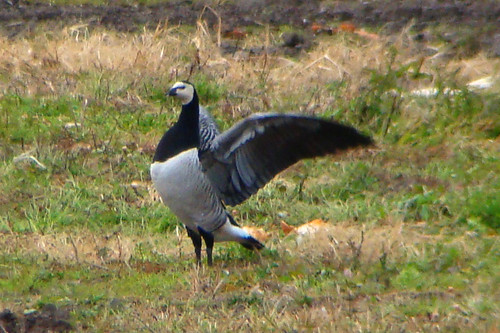
Until recently, we were pretty even - mostly because we had different specialties. Pete is an expert at finding little forest birds like warblers and phoebes and flycatchers, but he has no patience with shorebirds, terns, and gulls. I can't even see the speedy little birds he likes so much, but I could spend years with shorebirds, terns, and ducks. I love ducks!

Lately, however, Pete has developed an interest in ducks, shorebirds, and everything else that exists in Massachusetts. In the past month alone he must have added 10 new species. He must have added 5 species while I was sick the past two weeks!
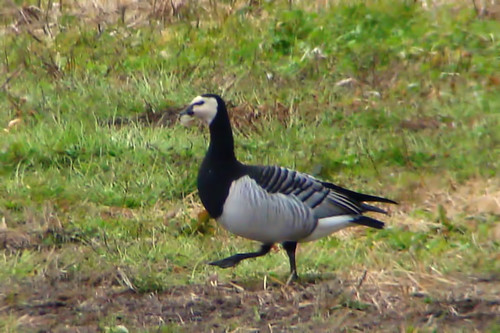
Isn't he a beautiful bird? He was around the concord area for over a week, and I went out to find him on Thursday. I got hopelessly lost, however, and saw nothing at all!

